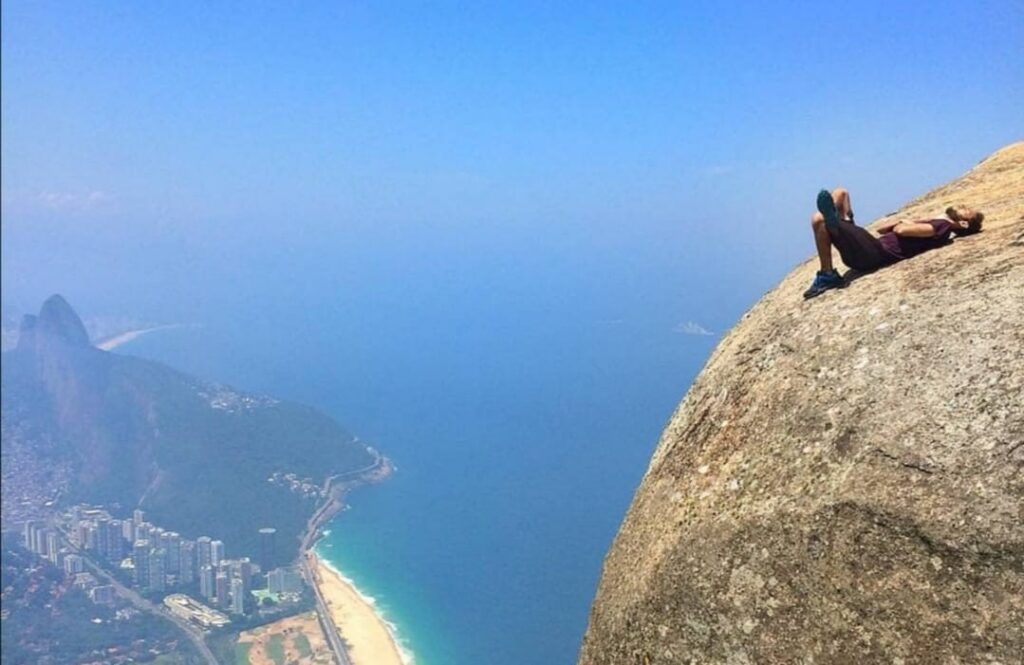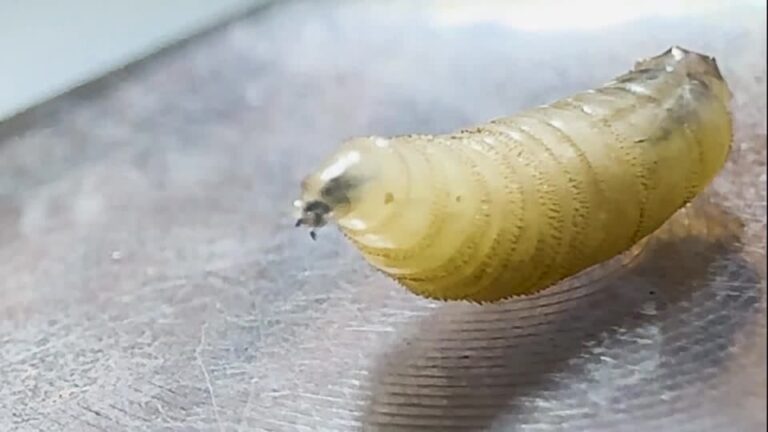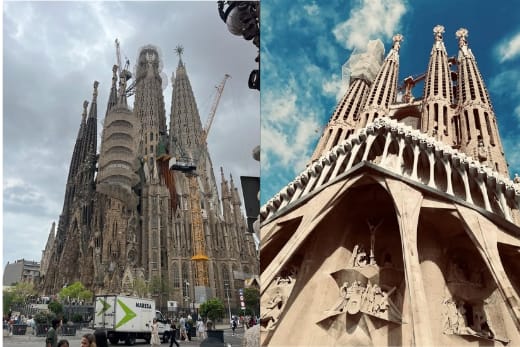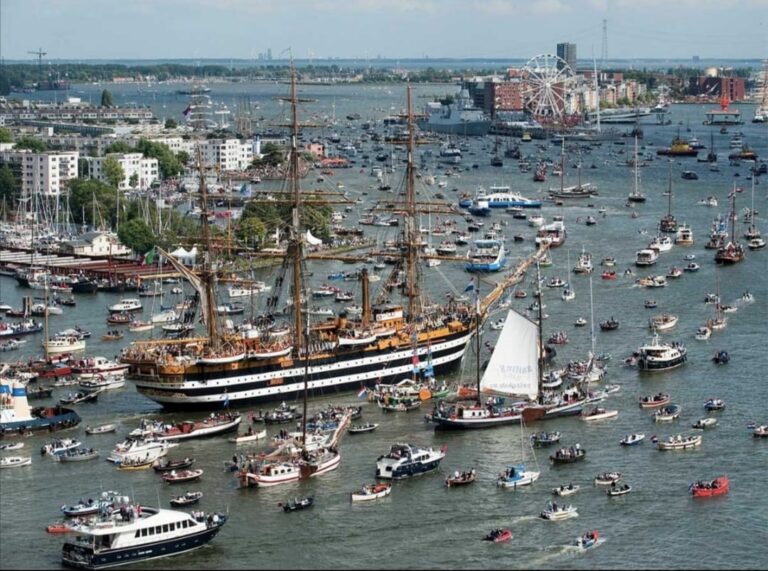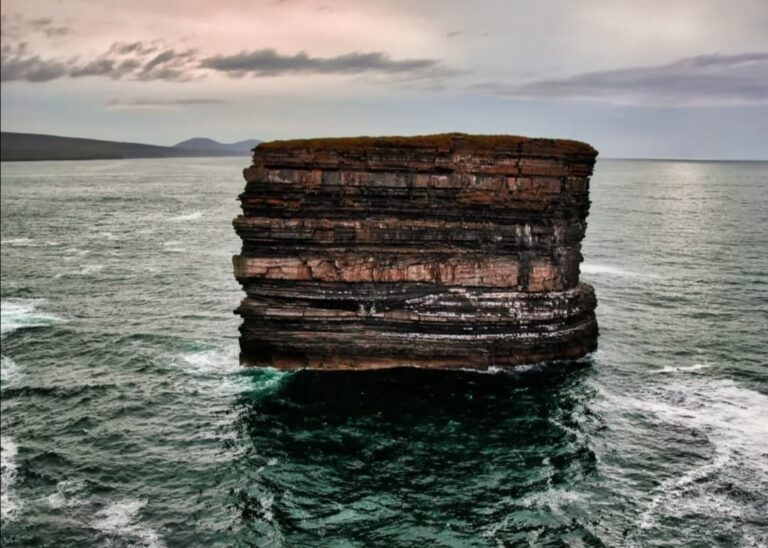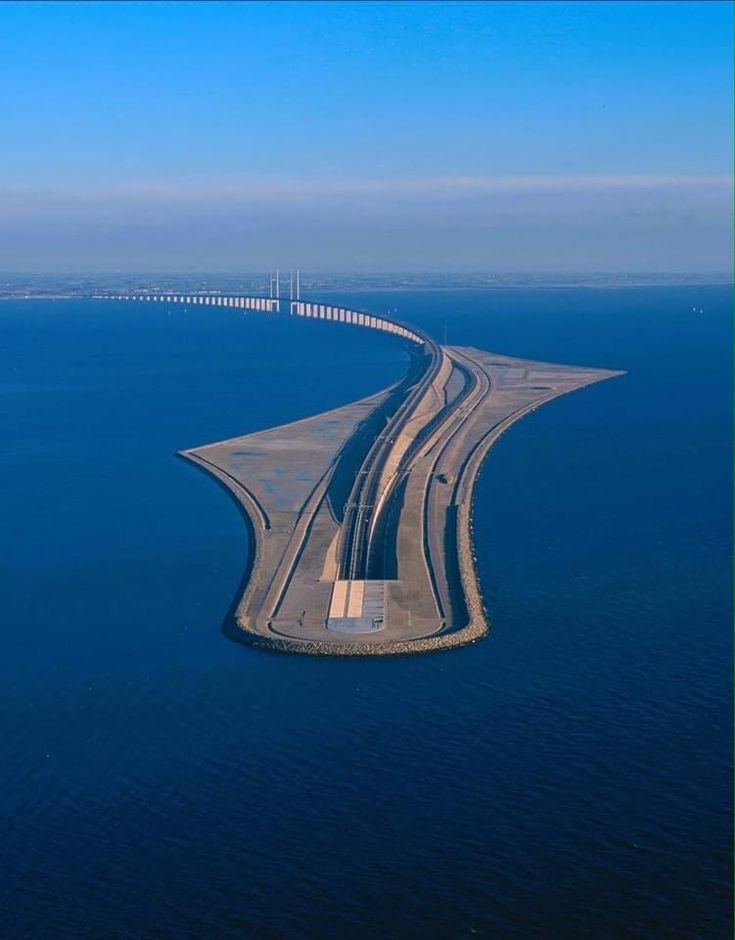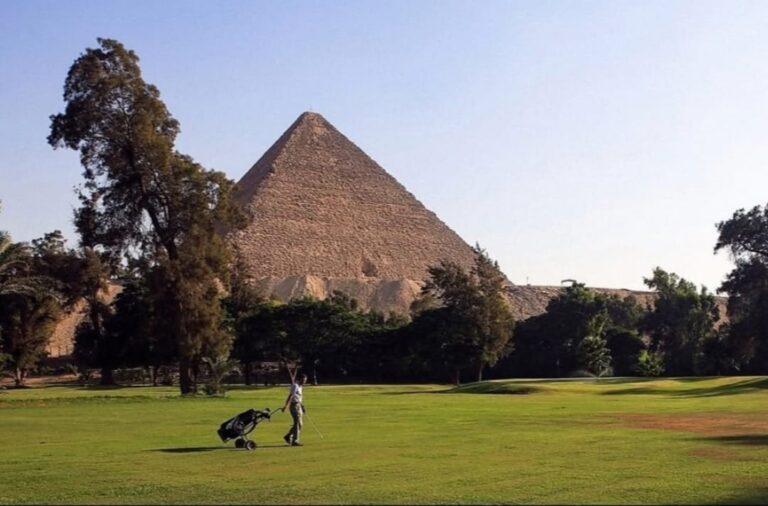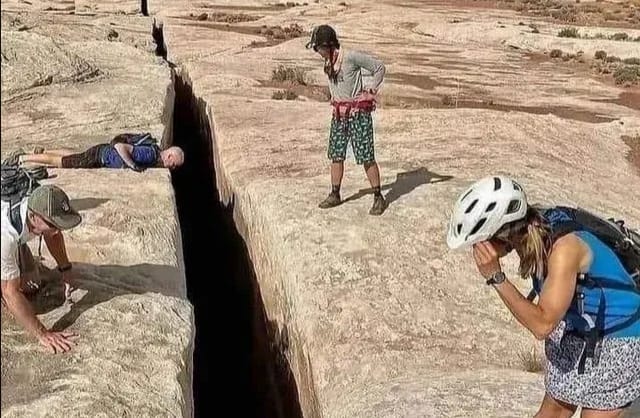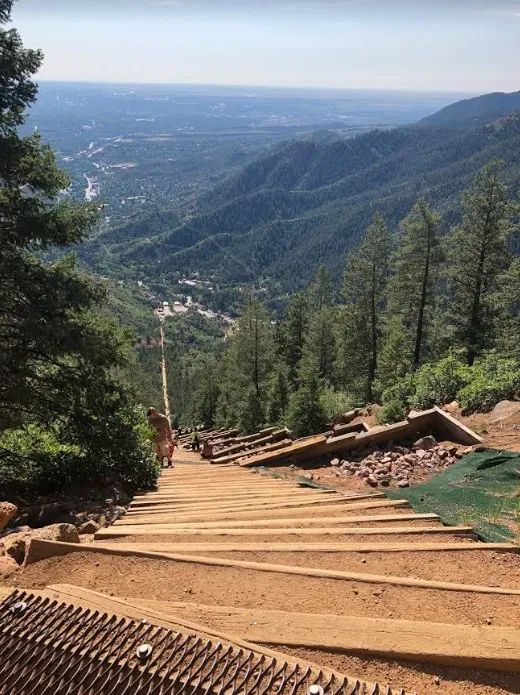Rising dramatically from the landscape of Rio de Janeiro, Pedra da Gavea stands as one of Brazil’s most formidable natural monuments.
Its sheer western face, known as Carrasqueira, presents an imposing 844-meter (2,769 ft) vertical drop composed of weathered gneiss rock. This geological formation, shaped by millennia of Atlantic storms, features a precarious 45-degree overhang that has earned its reputation as one of South America’s most dangerous climbing challenges.
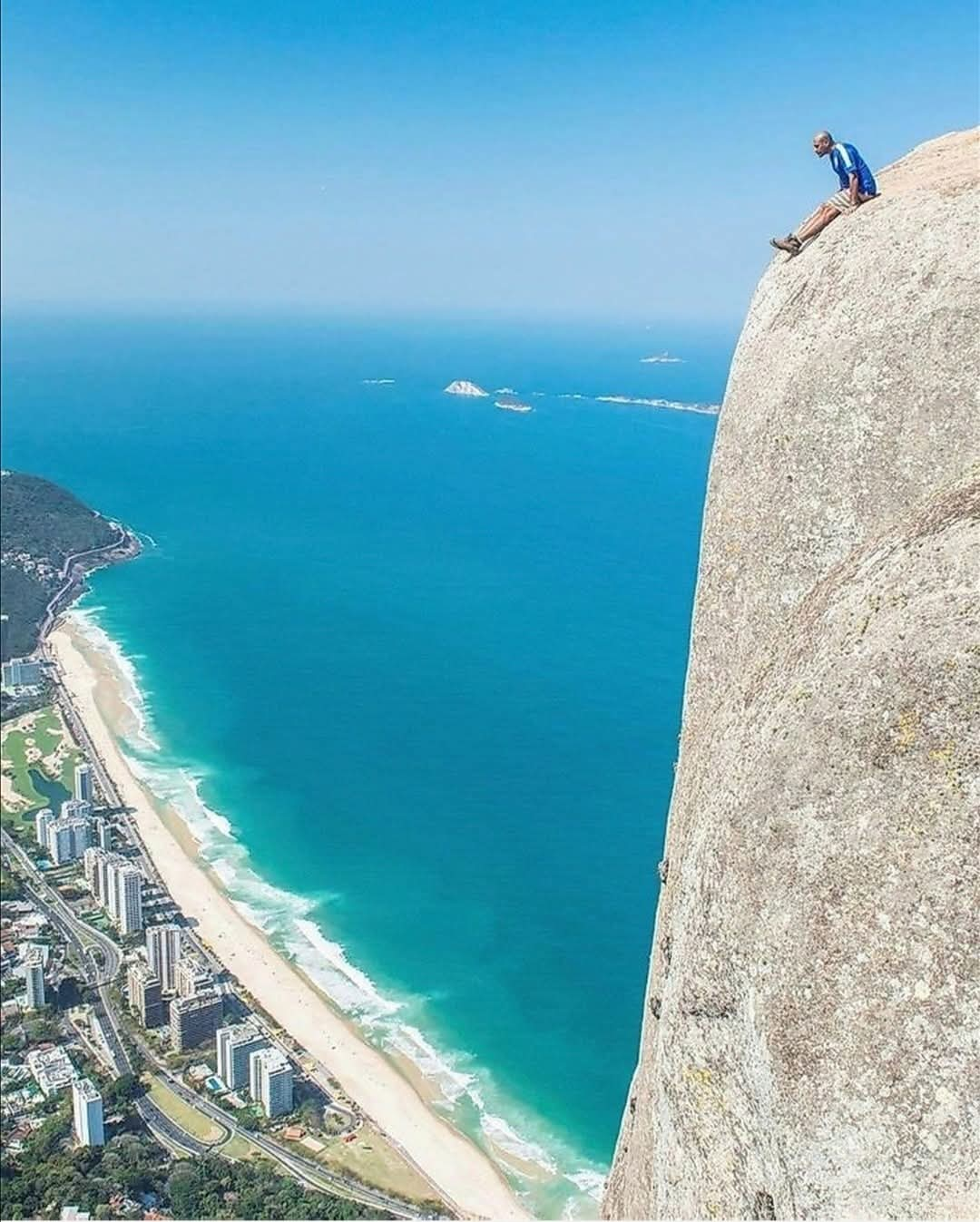
“The Carrasqueira isn’t just difficult—it’s fundamentally unstable,” explains Dr. Carlos Menezes, a geologist at the Federal University of Rio de Janeiro. “The gneiss formation here undergoes constant exfoliation, meaning layers of rock can shear off without warning. Combined with the area’s extreme weather patterns, it creates conditions that defy conventional climbing safety protocols.”
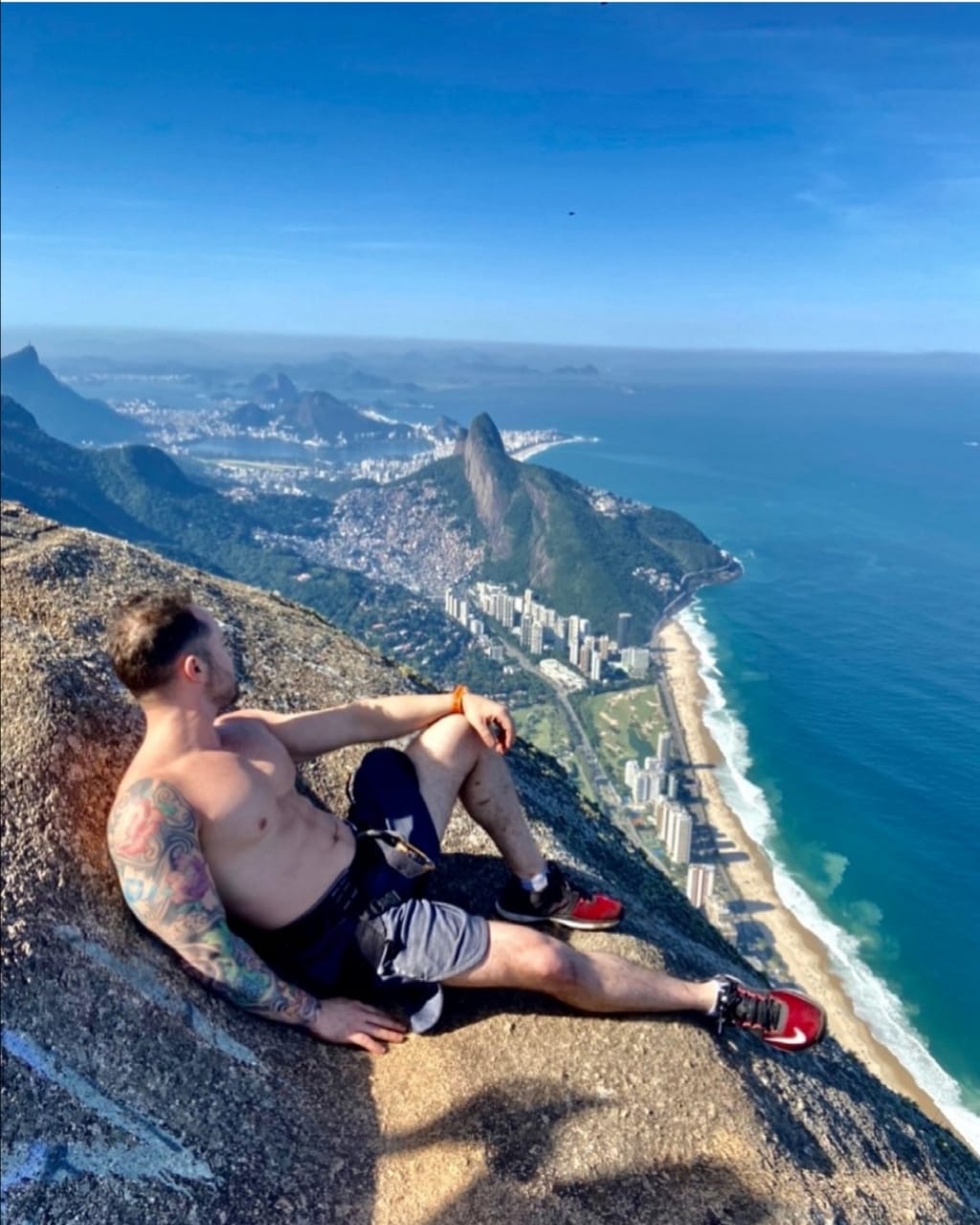
The cliff’s hazards extend beyond its geology. The mountain creates its own microclimate, with sudden wind gusts exceeding 80 km/h capable of dislodging equipment or destabilizing climbers. “In twenty years of guiding, I’ve never recommended attempting the Carrasqueira,” says veteran mountaineer Ana Beatriz Silva. “What looks like solid rock is often just a thin shell hiding fracture lines beneath. The mountain gives no second chances.”
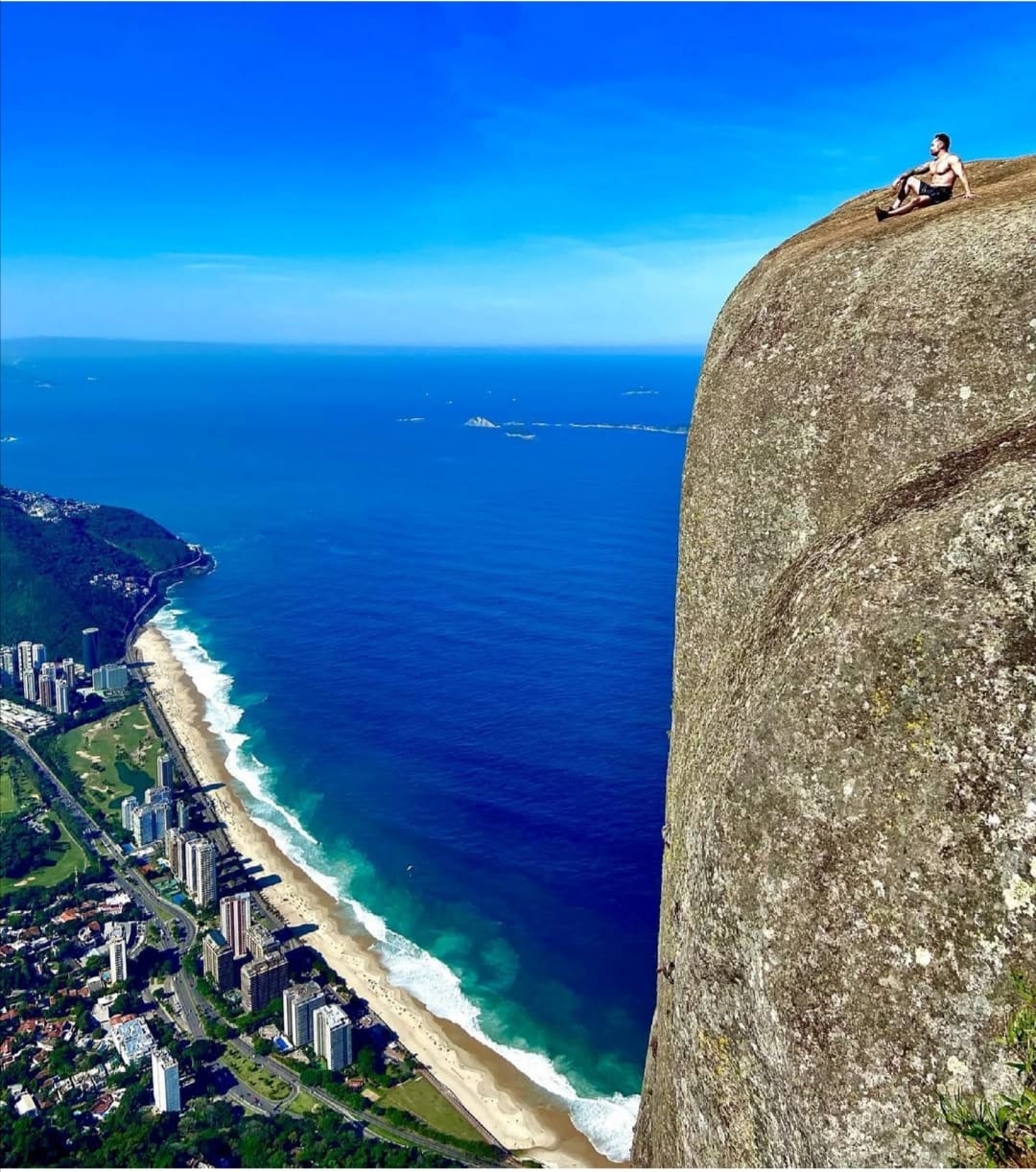
Adding to its mystique are the controversial ancient inscriptions carved into the rock face. While some researchers attribute these markings to Phoenician explorers, the theory remains hotly debated among archaeologists. Regardless of their origin, these carvings contribute to the site’s cultural significance and local lore.
For those wishing to appreciate Pedra da Gavea’s grandeur without risking the treacherous ascent, Parque da Cidade in Niterói offers a safe vantage point with panoramic views.
